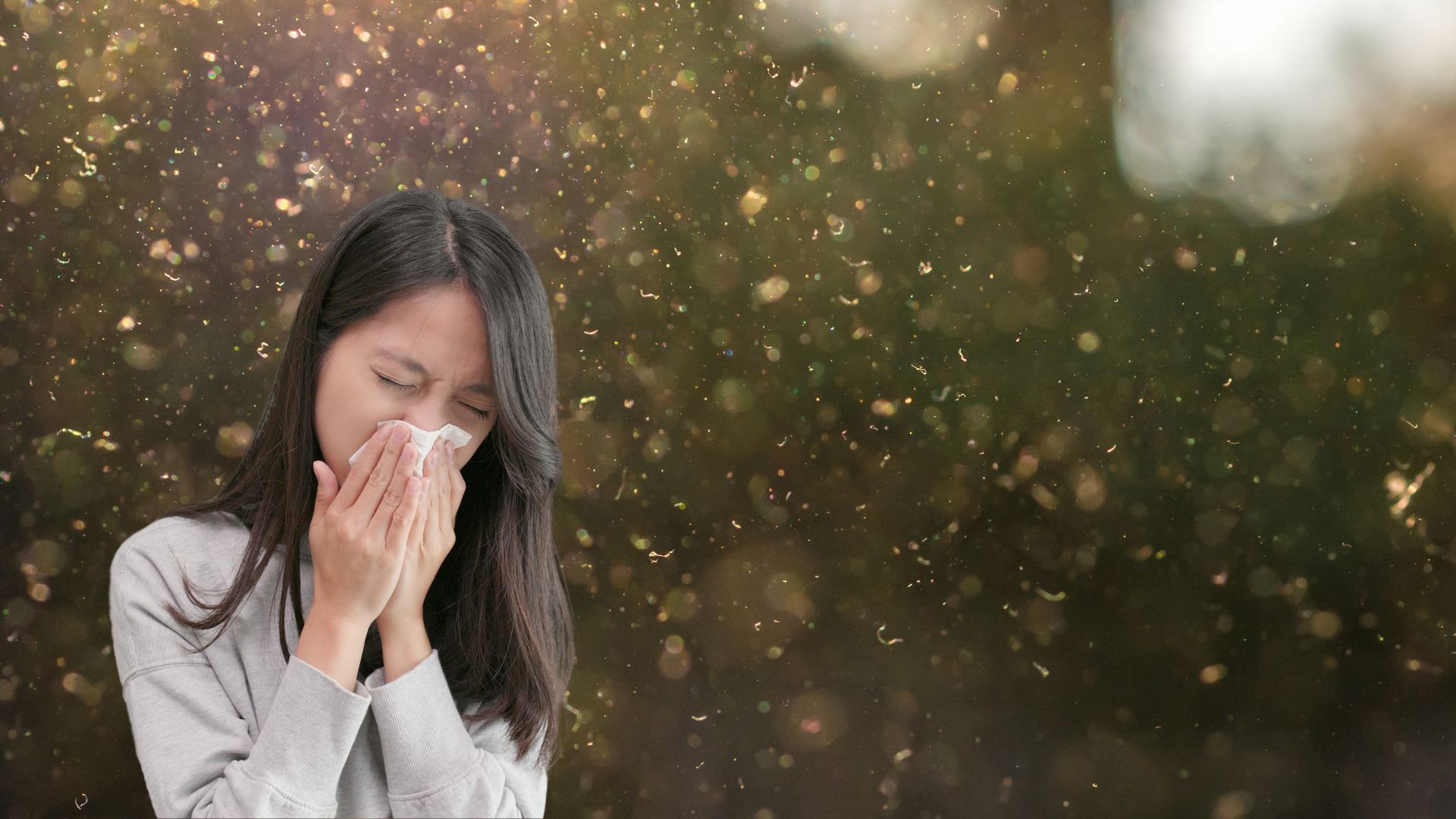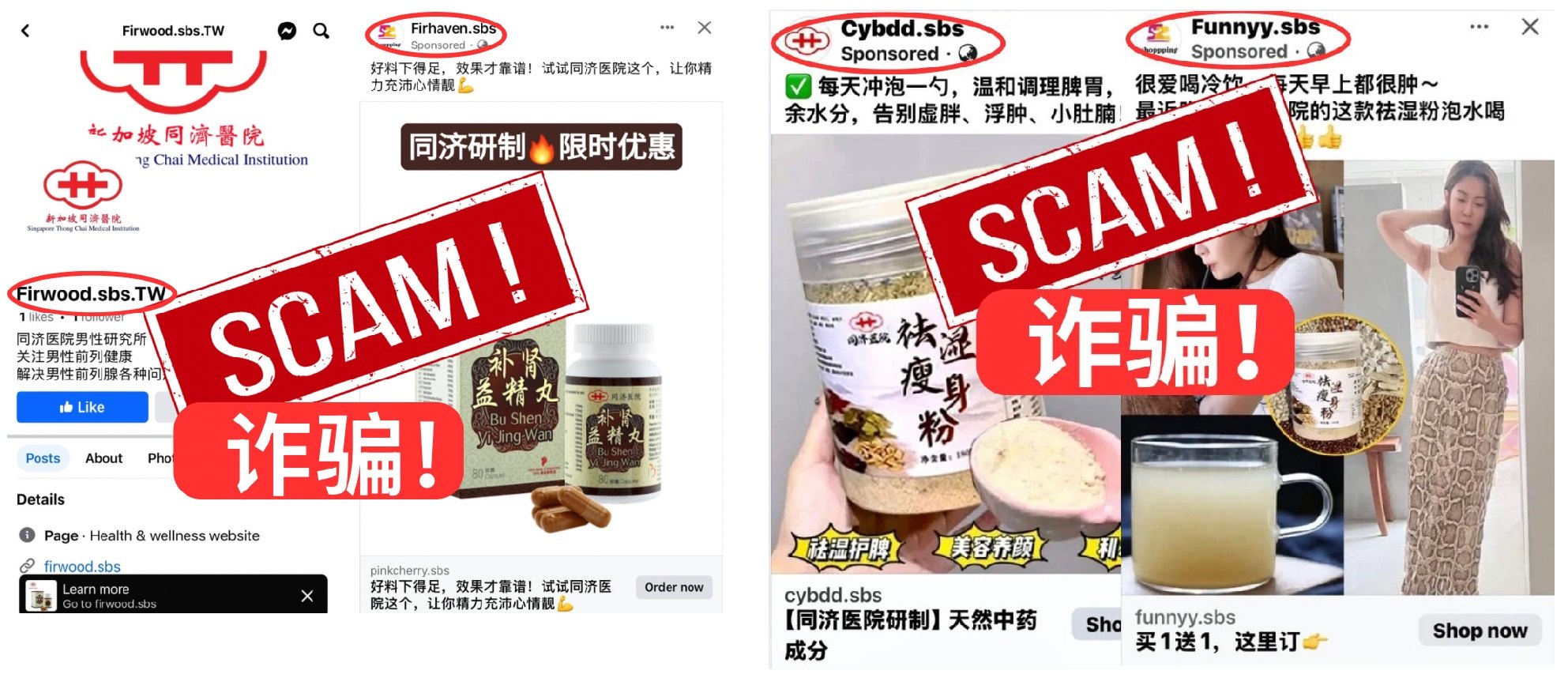Allergic rhinitis (AR) is a hypersensitivity disorder characterized by symptoms such as sneezing, nasal congestion, nasal itching, and rhinorrhea. These common clinical manifestations of allergic rhinitis are often accompanied by itchy eyes, conjunctival hyperemia, coughing, and sputum production. The characteristic triad of allergic rhinitis includes allergic crease, allergic salute, and allergic shiners. Common allergens and triggering factors include pollen, dust mites, animal dander, smoke, food, and temperature changes. This condition is mediated by immunoglobulin E (IgE) and induces allergic inflammation in the nasal mucosa through T-helper 2 (Th2) cells. The imbalance between Th1 and Th2 immunity has long been recognized as a classical pathogenic mechanism of allergic rhinitis.
The allergic reaction can be divided into two phases: the early phase and the late phase. The early phase occurs within 5–10 minutes after initial exposure to an allergen. The allergen stimulates plasma cells to produce IgE antibodies, which bind to receptors on the surface of mast cells, leading to mast cell degranulation and the release of histamines, leukotrienes, and prostaglandins. This results in inflammation of the nasal mucosa, manifesting as nasal congestion and rhinorrhea. In the late phase, cytokines such as IL-4 and IL-3 promote the infiltration of eosinophils, basophils, and lymphocytes into the nasal mucosa, prolonging the inflammatory response and leading to persistent nasal congestion.
First-line treatments in Western medicine include intranasal corticosteroids (e.g., mometasone furoate), oral or intranasal antihistamines (e.g., cetirizine), and oral leukotriene receptor antagonists (e.g., montelukast).
In Traditional Chinese Medicine (TCM), allergic rhinitis falls under the category of “Bi Qiu” . The primary clinical manifestations include sudden and recurrent sneezing, nasal itching, and clear nasal discharge. The etiology involves both internal and external factors. Internal factors include organ deficiencies, insufficiency of vital Qi, and weakness of the body’s defense system, primarily involving the lungs, spleen, and kidneys. External factors include exposure to wind-cold pathogens, excessive heat, and climatic changes.
According to the Twelfth Five-Year Plan Textbook of TCM Otolaryngology, allergic rhinitis can be classified into four syndromes:
1. Lung Qi Deficiency with Cold – Treatment: Warming the lungs, tonifying Qi, dispelling wind, and dispersing cold. Representative prescription: Modified Xiao Qing Long Tang.
2. Lung Heat Accumulation – Treatment: Clearing and ventilating lung Qi, unblocking nasal passages. Representative prescription: Modified Xin Yi Qing Fei Yin.
3. Spleen Qi Deficiency – Treatment: Strengthening the spleen, tonifying Qi, uplifting Yang, and unblocking nasal passages. Representative prescription: Modified Bu Zhong Yi Qi Tang.
4. Kidney Yang Deficiency – Treatment: Warming and tonifying kidney Yang, consolidating the kidneys, and promoting Qi intake. Representative prescription: Modified Jin Gui Shen Qi Wan.
Common external TCM therapies for allergic rhinitis include pediatric tuina, acupuncture, moxibustion, acupoint application therapy, auricular acupressure, herbal nasal drops and powders, and herbal nasal rinses. Clinical studies suggest that integrative treatment combining Western medicine (e.g., antihistamines) with acupuncture, herbal medicine, and pediatric tuina can improve symptoms, enhance patients’ quality of life, and reduce recurrence rates. One clinical study compared integrated therapy (pediatric tuina combined with cetirizine) with western medicine alone in treating pediatric allergic rhinitis. The results showed that the integrated approach was more effective in alleviating symptoms and preventing recurrence.
A meta-analysis also indicated that herbal medicine was as effective as antihistamines and corticosteroid sprays, with integrated therapy yielding better outcomes than Western medicine alone. This suggests that herbal medicine may enhance the efficacy of Western treatments. Furthermore, an animal study investigated the effects and mechanisms of a modified Yu Ping Feng San nasal spray in mice. Results showed that the herbal spray and mometasone furoate spray both effectively alleviated nasal symptoms. The modified Yu Ping Feng San reduced IgE production and modulated the IFN-γ/IL-4 ratio, affecting the Th1/Th2 balance and reducing inflammation, producing effects similar to those of Western medicine.
Despite these promising findings, the clinical studies mentioned have limitations, such as the absence of placebo-controlled or comparative studies and the lack of long-term follow-up evaluations. Additionally, the meta-analysis focused only on integrative treatment, making it difficult to determine the standalone efficacy of herbal medicine. Whether TCM alone can fully replace Western medicine remains unclear. Overall, more comprehensive research is needed on integrative treatment for allergic rhinitis, particularly regarding its long-term efficacy and safety.
Reference:
12. Nur Husna SM, Tan HT, Md Shukri N, Mohd Ashari NS, Wong KK. Allergic Rhinitis: A Clinical and Pathophysiological Overview. Front Med (Lausanne). 2022 Apr 7;9:874114.
13. Mallol J, Crane J, von Mutius E, Odhiambo J, Keil U, Stewart A; ISAAC Phase Three Study Group. The International Study of Asthma and Allergies in Childhood (ISAAC) Phase Three: a global synthesis. Allergol Immunopathol (Madr). 2013 Mar-Apr;41(2):73-85.
14. Ng TP, Tan WC. Epidemiology of chronic (perennial) rhinitis in Singapore: prevalence estimates, demographic variation and clinical allergic presentation. Ann Acad Med Singap. 1994 Jan;23(1):83-8.
15. 胡恒,魏良辰,杨爱真等.中西医联合治疗儿童变应性鼻炎疗效的Meta分析[J].沈阳医学院学报,2023,25(04):367-373.
16. 李一明,潘力弢,吴向琼等.小青龙汤合玉屏风散治疗过敏性鼻炎的中医临床研究[J].深圳中西医结合杂志,2022,32(03):75-78.DOI:10.16458/j.cnki.1007-0893.2022.03.023.
17. 青岛市海慈医疗集团.一种放入鼻腔通过鼻嗅治疗过敏性鼻炎的超微粉中药制剂.201310092177.4[P].2014-10-01.
18. 天津中医药大学.一种治疗鼻炎的口罩及制备方法.202011247731.8[P].2021-01-01.
19. Chen H, Feng W, Lu Y, Yang Y, Xin ZH, Li M, Xin L, Gong YD. Effects and mechanism of Chinese medicine Jiawei Yupingfeng in a mouse model of allergic rhinitis. J Integr Med. 2021 Jul;19(4):354-361.
20. Xue, C. C., Zhang, A. L., Zhang, C. S., DaCosta, C., Story, D. F., & Thien, F. C. (2015). Acupuncture for seasonal allergic rhinitis: A randomized controlled trial. Annals of Allergy, Asthma & Immunology, 115(4). https://doi.org/10.1016/j.anai.2015.05.017
21. 严蕴华 & 廖彩凤.(2023).推拿辅助治疗儿童过敏性鼻炎临床观察. 光明中医(17),3414-3416. doi:CNK
Click to download PowerPoint


